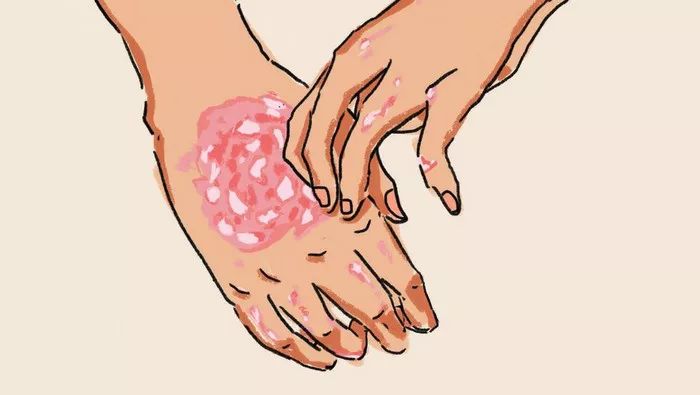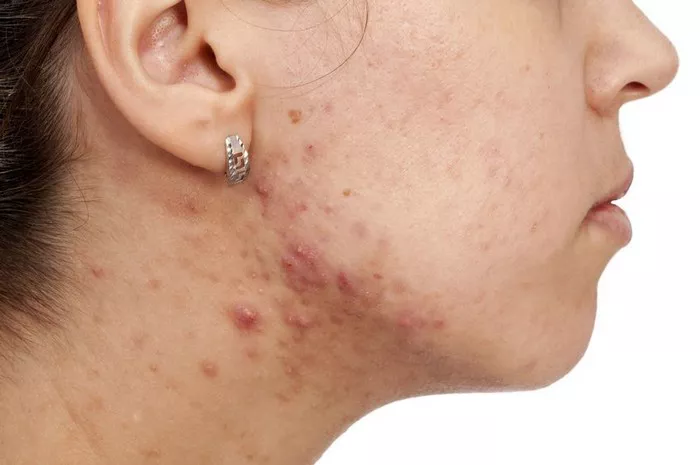Living with psoriasis can be challenging, both physically and emotionally. This chronic autoimmune condition manifests as red, scaly patches on the skin, often causing discomfort and self-consciousness. While there’s no cure for psoriasis, various treatments aim to manage symptoms and improve quality of life. Among these treatments, phototherapy, specifically UVB light therapy, has shown effectiveness in reducing symptoms and promoting healing. In recent years, the availability of home UVB light devices has provided a convenient option for individuals seeking relief from the comfort of their own homes.
Understanding Psoriasis and UVB Therapy
Psoriasis occurs when the immune system mistakenly attacks healthy skin cells, leading to rapid turnover of skin cells and the formation of plaques. These plaques can appear anywhere on the body but are most commonly found on the elbows, knees, scalp, and lower back. The condition can also affect the nails, causing them to become thick, pitted, or ridged.
UVB phototherapy works by penetrating the skin and slowing down the rapid growth of skin cells associated with psoriasis. It’s particularly effective for treating mild to moderate psoriasis and can be used on its own or in combination with other treatments, such as topical creams or oral medications. UVB therapy is generally considered safe when administered under medical supervision, with minimal side effects compared to systemic treatments.
The Benefits of Home UVB Light Therapy
While visiting a dermatologist’s office or clinic for UVB treatment is an option, it can be inconvenient and time-consuming, requiring frequent visits over an extended period. Home UVB light devices offer several advantages:
1. Convenience: Home UVB light therapy allows individuals to undergo treatment at their own convenience, without the need to schedule appointments or travel to a medical facility regularly. This convenience can be particularly beneficial for individuals with busy schedules or limited mobility.
2. Privacy: Psoriasis can be a source of self-consciousness for many individuals, especially when it affects highly visible areas of the body. Home UVB therapy provides a private and comfortable setting for treatment, reducing the anxiety or embarrassment associated with receiving treatment in a clinical setting.
3. Cost-effectiveness: While the initial investment in a home UVB light device may seem significant, it can ultimately save money in the long run compared to the cost of multiple visits to a dermatologist’s office or clinic for phototherapy sessions.
4. Continuity of Care: With a home UVB light device, individuals can maintain consistent treatment schedules without interruptions due to scheduling conflicts or unforeseen circumstances. Consistency is key to achieving optimal results with phototherapy.
Choosing the Right Home UVB Light Device
When selecting a home UVB light device for psoriasis treatment, several factors should be considered to ensure safety, effectiveness, and ease of use:
1. UVB Spectrum: Look for a device that emits UVB light in the narrowband spectrum (around 311-313 nanometers). Narrowband UVB has been shown to be more effective and safer than broad-spectrum UVB or PUVA (psoralen combined with UVA) therapy.
2. Dosage Control: The ability to adjust the dosage of UVB light is crucial for tailoring treatment to individual needs and minimizing the risk of overexposure. Choose a device with adjustable settings for both intensity and exposure time.
3. Safety Features: Ensure that the device has built-in safety features, such as timers, automatic shut-off mechanisms, and eye protection to prevent accidental overexposure and minimize the risk of eye damage or skin burns.
4. Ease of Use: A user-friendly design with intuitive controls and clear instructions makes it easier to adhere to treatment protocols and ensures proper use of the device.
5. Size and Portability: Consider the size and portability of the device, especially if space is limited in your home or if you plan to travel with the device. Compact, lightweight models are ideal for home use and convenient for travel.
6. Quality and Durability: Invest in a reputable brand known for manufacturing high-quality, durable devices that undergo rigorous testing for safety and efficacy.
Top Picks for Home UVB Light Devices
1. DermaHealer UV-B Phototherapy Lamp: This compact and portable device emits UVB light in the narrowband spectrum, with adjustable intensity settings and built-in safety features. Its lightweight design makes it easy to use at home or while traveling.
2. Beurer IL50 Infrared Light Therapy: While primarily designed for infrared therapy, this versatile device also emits UVB light in the narrowband spectrum, making it suitable for psoriasis treatment. It features adjustable intensity and a large treatment area for optimal coverage.
3. Northern Light Technologies Boxelite Desk Lamp: Although originally designed for light therapy to alleviate seasonal affective disorder (SAD), this lamp can also be used for UVB phototherapy. Its broad surface area provides uniform light distribution, ideal for treating larger areas of the body.
4. Philips UVB Narrowband TL01 Phototherapy Lamp: Manufactured by a trusted brand in lighting technology, this professional-grade device delivers targeted UVB therapy with precision and consistency. Its advanced features include electronic timers, dose monitoring, and adjustable height for customized treatment.
Conclusion
Home UVB light therapy offers a convenient and effective treatment option for individuals living with psoriasis, allowing them to manage symptoms and improve their quality of life from the comfort and privacy of their own homes. When choosing a home UVB light device, it’s essential to consider factors such as UVB spectrum, dosage control, safety features, ease of use, and quality. By selecting the right device and adhering to treatment protocols, individuals can experience relief from psoriasis symptoms and enjoy healthier, clearer skin. Always consult with a healthcare professional before starting any new treatment regimen for psoriasis.

























